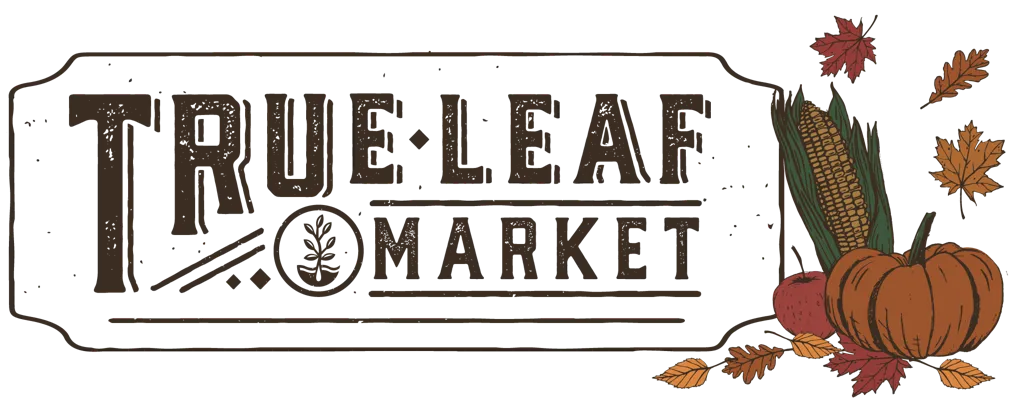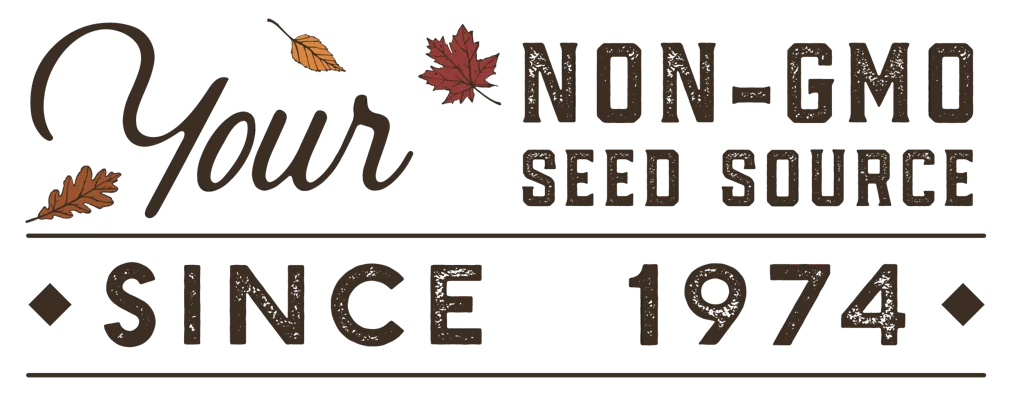 |
Written By Lara Wadsworth |
In today’s world of health trends, dieting, and fitness fads, one essential element is often overlooked: nutrients. Nutrients are the foundation of true wellness—fueling every organ, supporting immune function, and enabling both physical and mental performance. While we focus on calories, macros, hydration, or protein intake, we may be missing the broader picture and literally leaving nutrients on the table. Are we getting the right combinations of essential vitamins and minerals our bodies need? Fruits and vegetables are among the most powerful sources of both macro- and micronutrients, offering a natural synergy that supports optimal health from the inside out.
The CDC Study on Powerhouse Fruits and Vegetables
A recent study published in the CDC’s journal, Preventing Chronic Disease, set out to clarify which fruits and vegetables are the most nutrient-dense and therefore define what they call a “Powerhouse Fruit and Vegetable” (PFV). The study, led by Dr. Jennifer Di Noia, assessed 47 common fruits and vegetables based on their content of 17 essential nutrients per 100 calories. The measured nutrients included important substances such as vitamins A, C, K, folate, potassium, calcium, and iron, all of which are known to reduce the risk of a wide range of chronic diseases. To qualify as a PFV, a food had to provide at least 10 percent of the recommended daily value of these nutrients per 100 calories. They then assigned a value to each of these markers and ranked the foods from most nutrient-dense to least. Keep in mind that they only studied fruits and vegetables, so even the lowest-ranked item is still considered a good, healthy food in the broader context.
Top Nutrient-Dense Foods Ranked
So, the most nutrient-dense food? Watercress! Watercress was the undisputed champion, earning a perfect score of 100. This humble leafy green packs so much nutritional power per calorie that it now sets the standard for what a nutrient-dense food should be. Following closely behind watercress were Chinese cabbage, chard, beet greens, spinach, and chicory. Are you sensing a pattern here? Me too! Leafy greens are king! These vegetables were rich not only in fiber and vitamins but also in minerals like iron and calcium, all while being extremely low in calories. For health-conscious gardeners, these results are not just interesting, they're empowering. These are foods you can grow at home, often in small spaces or containers, to bring maximum health benefits to your table.
Watercress – The #1 Nutrient-Dense Food
At the top of the list, reining supreme is the humble watercress leaf. Per 100 calories, it provides the equivalent of a full day’s worth of 17 vital nutrients. It might as well be a multivitamin! Watercress is particularly rich in vitamin K (essential for bone health), vitamin C (which supports the immune system), and vitamin A (crucial for vision and skin health). It’s also a good source of calcium, iron, and folate, all nutrients that many people struggle to get enough of each day.
Watercress Nutrient Snapshot
Score: 100
Rich in: Vitamins K, A, C, calcium, iron, folate
How to Grow: Likes moisture, partial shade, shallow containers
How to Eat: Soups, salads, sandwiches, pesto, smoothies

Growing Watercress
Watercress is super easy to grow at home! In fact, in some areas of the world, it can be considered a weed! If you want to grow watercress, keep in mind that it naturally grows near streams and rivers, so it performs well with consistent moisture and partial shade. It can even thrive in shallow, moist containers or raised beds, provided it is kept evenly watered. This makes it an excellent choice for gardeners with limited space or those experimenting with container gardening. The cherry on top of it all? Watercress grows quickly and can be harvested just a few weeks after planting. Easy peasy!
Eating Watercress
You may be wondering how to eat watercress. The good news is that it is quite versatile in the kitchen. It has a unique peppery bite that makes it a good addition to salads, sandwiches, and wraps. It is also a favorite in soups, egg dishes, and even pesto sauces. Blend it into smoothies or use it as a bed for rice-based dishes. It is tender and cooks very quickly (similar to spinach), so be sure to add it at the end of the cooking process if you’re using it in a warm dish.
Chinese Cabbage (Napa Cabbage)
The runner-up in the nutrient density department is Chinese cabbage! Also known as napa cabbage, this mild veggie comes in with a score of 92, still very high. Like watercress, it provides a broad spectrum of nutrients with very few calories. Chinese cabbage is especially rich in vitamins A and C, calcium, and folate. It’s also high in fiber and contains antioxidants that may support heart health and reduce inflammation.
Chinese Cabbage Nutrient Snapshot
Score: 92
Rich in: Vitamins A, C, fiber, folate, antioxidants
How to Grow: Spring and fall crop, full sun, approximately 90 days
How to Eat: Stir-fry, soups, salads, kimchi

Growing Napa Chinese Cabbage
Perfect for cooler areas and seasons, Chinese cabbage is easily directly seeded or transplanted in the spring. You can also plant in late summer for a fall harvest. It performs well in raised beds and containers, but requires ample sunlight and consistent moisture. It takes 90 days or less to harvest a full head! You can even harvest it when it's younger for the baby leaves, which are a favorite for salads. Just don’t forget to amend the soil so that it is rich in nutrients, particularly nitrogen!
Eating Chinese Cabbage
As a staple in asian cuisines, this mild-flavored cabbage is crunchy and holds up well in cooking. It is often shredded into salads or stir-fried with other ingredients for a well-rounded meal. Most popularly, it is coated in a flavorful paste and fermented into kimchi to be used as a condiment throughout the year. It’s also a superstar in soups and stews because it cooks quickly while maintaining a good texture. Stores well in the fridge, so a single harvest can last you several meals.
Why Gardeners Should Care About Nutrient Density
For gardeners or anyone else interested in being more health-conscious about their food, this is good news! Some of the most nutrient-dense foods around can easily be grown at home! This encouraging study from the CDC offers more than just information; it provides an opportunity to take our health outcomes into our own hands. Whether you're planting a new garden or simply rethinking your weekly grocery list, prioritize vegetables that give you the most nutrition per bite. There is no better way to battle preventable diseases than prioritizing a nutrient-dense diet rich in fresh fruits and vegetables!
 |
Lara Wadsworth, True Leaf Market Writer |
I am a native of Southwestern Michigan, where I currently reside. I love all things plants! After completing a Bachelor's Degree in Horticulture, I found a dream work-from-home job that allows me to share my passion. Now, I spend my days writing for TLM, playing with my dog, eating delicious food with my husband, and plotting my next landscape or gardening move. I believe everyone should get down and dirty in the soil now and then. Happy Gardening!






















0 comments
No comments yet! Be the first to start a conversation.